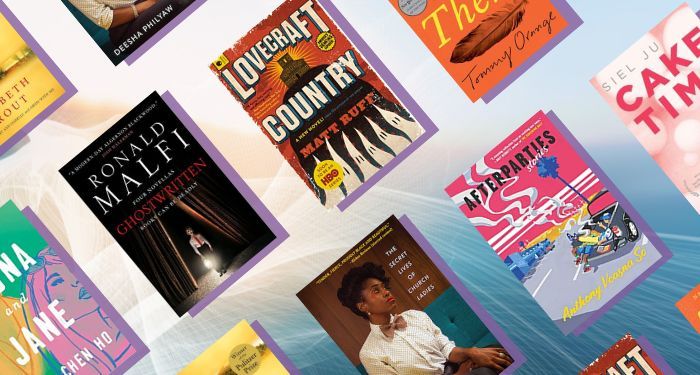
So Happy Together: The Very Particular Pleasure of Linked Stories
I cracked open Ronald Malfi’s Ghostwritten just a few weeks after the holidays. I had received it as a gift, all wrapped up in Santa Claus paper and waiting for me underneath the Christmas tree. It was a collection of four horror novellas revolving around a common theme: demonic books. I love horror and I love books. I couldn’t wait.
Many readers I know use short story collections as a low-stakes way to explore the work of new-to-them authors. Only after enjoying these shorter works do they then feel safe moving on to the full-length novels. The doorstoppers.
I’m the opposite. I’m quick to DNF books I can’t get into within the first 25–50 pages, and many short stories don’t allow me the space I need to really get settled in and make such a judgment call. I usually only pick up the short fiction of authors I already love to bits.
Ghostwritten was a roll of the dice for me. I’d enjoyed a previous novel of Malfi’s well enough, but hadn’t otherwise explored the rest of his oeuvre. Still, as I got deeper into Ghostwritten, I realized it was my favorite type of short story collection…one with Easter eggs hidden throughout the book, showing that the events of the stories were all taking place within the same universe.
I love that shit.
If you get the same sort of thrill from finding repeating characters in your short story collections or noticing oblique references to events that happened in other stories, this list is for you. It includes linked short story collections (no need to try their full-length works first; I promise) in addition to books that are billed as novels, but that just hit…different. These latter books don’t seem to follow the typical chronological narrative. Rather, they read like collections of separate anecdotes that nevertheless revolve around a common theme or shared experience.
Either way, I love seeing how they all come together, greater than the sum of their parts.
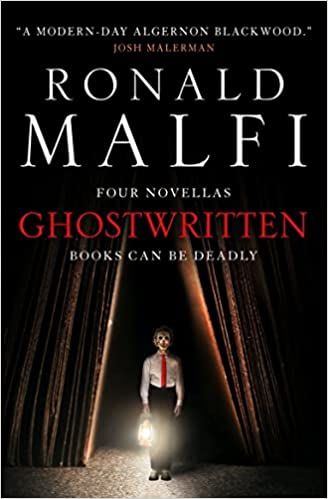
Ghostwritten by Ronald Malfi
I’ll start with the collection mentioned above because the deeper I got into it, the more excited I got. (That’s what he said.) Anyway. The demonic books in this collection take multiple forms: a hungry book that resists adaptation; a book contained under lock and key; a homemade pop-up book; and a choose-your-own-adventure book. As I moved from story to story, however, it became clear that these books came from the same dark place. And every time I stumbled upon a repeated name or other clue, each of which increased my understanding of this terrible universe, I felt my heart beat just a little bit faster.

Lovecraft Country by Matt Ruff
This work of dark fantasy/horror story reads like a novel but is actually made up of eight interconnected stories. Each story revolves around Atticus Turner, a Black man who fought in the Korean War. Atticus is a fan of classic sci-fi, but his life soon becomes stranger than fiction when he returns home from the war and discovers a personal connection to the leader of the Order of the Ancient Dawn, a group of sorcerers seeking to access an ancient power. Each story entangles Atticus and his family even more in this Order’s web.
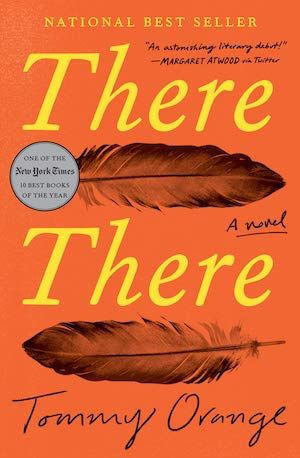
There There by Tommy Orange
This stunning book is presented as a novel, but each chapter is told from the point of view of a different character, each of them someone from a Native community, and each of them with plans to travel to the Big Oakland Powwow. At first, it’s not clear that they’re connected at all, aside from their common destination. But as the narrative hurtles toward its end, the characters converging, all the disparate pieces fall into place in the most satisfying of ways.
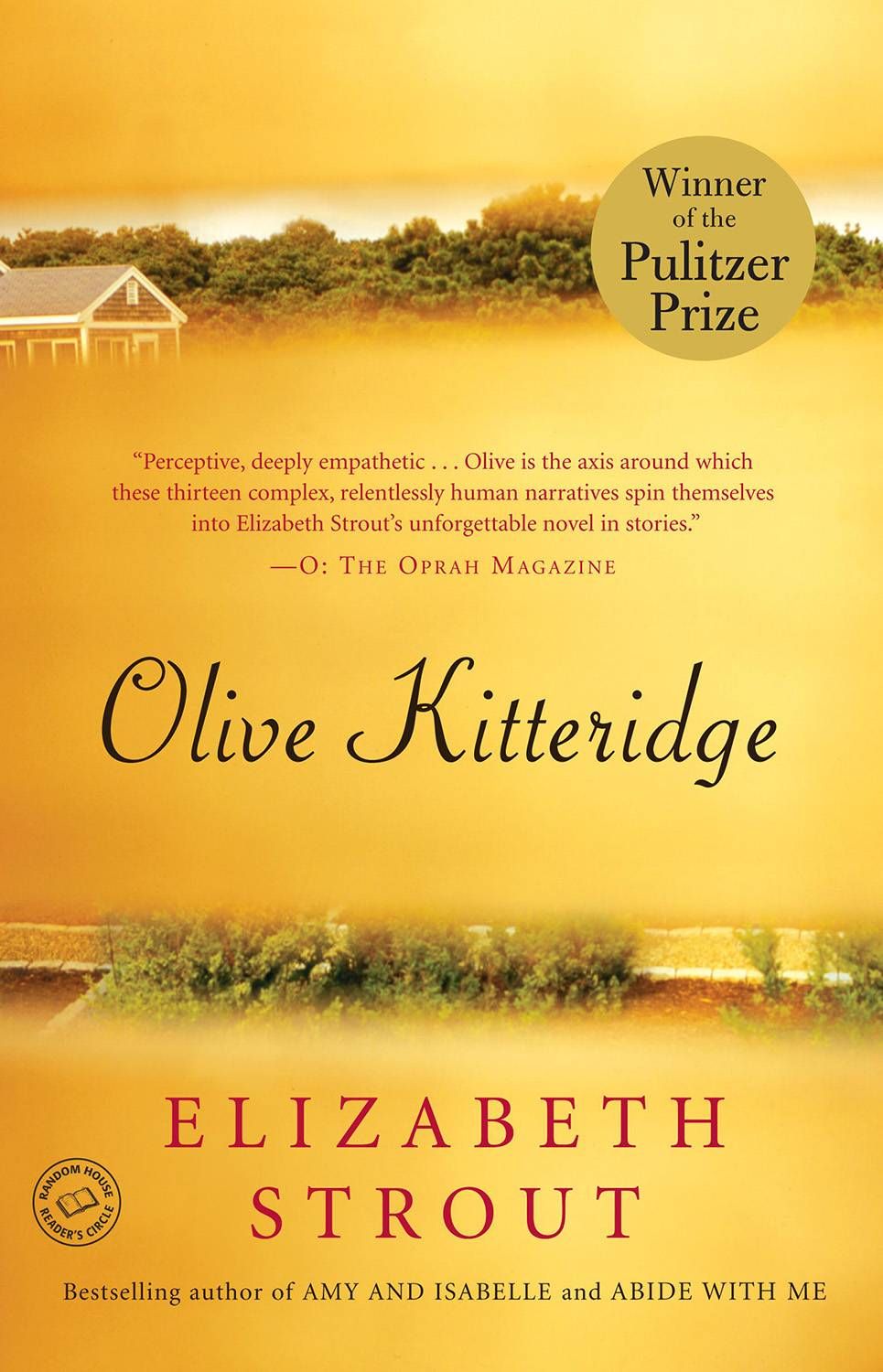
Olive Kitteridge by Elizabeth Strout
I normally wouldn’t pick up a book like this — it’s the type of book often described as “quiet,” which is so not my jam — but I read it with my book club. Although I went in with low expectations (no shade to Strout), by the end, I was moved by this collection of 13 narratives, each of which bumped up against one singular woman in the community of Crosby, Maine. Olive looms larger in some chapters than in others but, taken together, she is shown to be someone with depth and layers…someone who is deemed difficult by others but who, when it comes down to it, is relatable as heck.
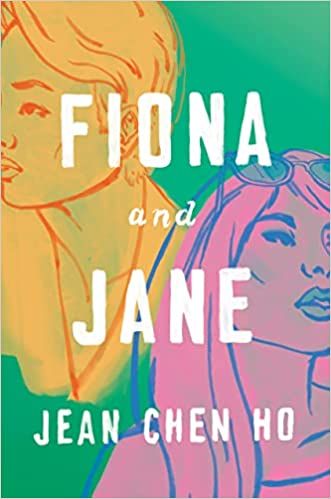
Fiona and Jane by Jean Chen Ho
At its heart, Fiona and Jane is the story of a female friendship, with all of its ups and downs, its silences and estrangements, its small betrayals, and its moments of intimacy. What makes it unique is how it’s told through alternating points of view, each account landing the reader at a different point in these women’s lives. Even when the friendship itself feels tangential to what each woman happens to be struggling with at that moment, it hovers there at the periphery.
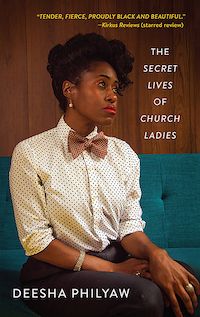
The Secret Lives of Church Ladies by Deesha Philyaw
I just started reading this one and I’m already loving it. The nine stories that make up this collection give glimpses into the lives of four generations of characters, touching upon issues of faith, longing, love, vulnerability…all the secret pieces of women’s lives that make them who they are. I’m fascinated by stories in which faith and desire bump up against one another, causing internal conflict, so this promises to be a satisfying read.
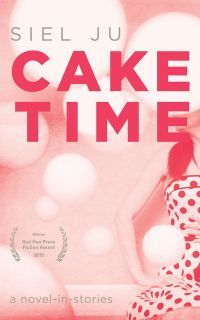
Cake Time by Siel Ju
Another one I recently started, Cake Time is billed as a novel-in-stories, each of them centered on a single female character. Leaping around in time, we see the protagonist float through life aimlessly, making terrible choices, letting her own curiosity and desire lead the way. There’s a purposelessness to this young woman’s story, yet these collections of random moments add up to a pretty eventful life.
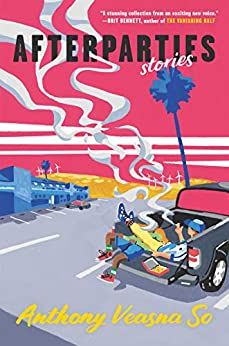
Afterparties by Anthony Veasna So
Finally, in this story collection, readers are introduced to a rotating cast of Cambodian Americans — and their children — building a life for themselves in California. Even as each of these characters forges a unique path for themselves, they each carry with them the weight of a past marked by the Khmer Rouge genocide. This past drives their determination to create a new beginning.
If you’ve been convinced that linked stories are where it’s at, you can find more in this post about short story cycles. For more short stories in general, check out our picks for the best short stories of all time.














